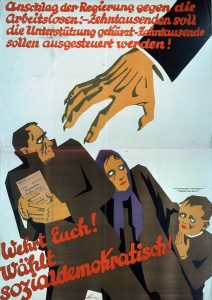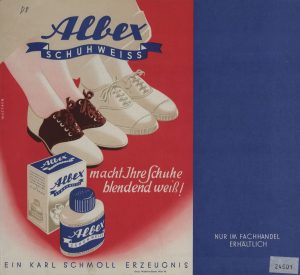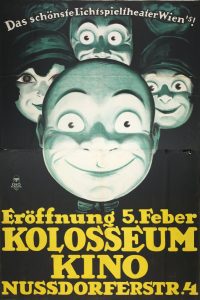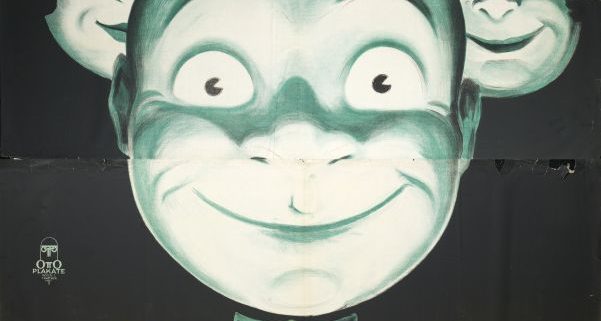We do not have a permanent exhibition space. How can we carry our posters into other, virtual rooms?

The Vienna City Library (Wienbibliothek im Rathaus) is participating in the hackathon of OpenGLAM with metadata from its catalogue of the poster collection, in order to think together about new ways of using the collection’s holdings. More about the collection at: https://www.wienbibliothek.at/bestaende-sammlungen/plakatsammlung (German, sorry – no English version available)
And here the key data on the collection in brief: The Poster Collection of the Vienna City Library is one of the largest collections of its kind in the world and can beseen as a Viennese „diary of the street scene“. Founded in 1923, the Poster Collection currently holds around 350,000 posters. All posters are archived, that are attached or displayed in Vienna and thus shaped the cityscape. In 1975 the entire historical poster archive of the “Gewista” (Viennese outdoor  advertising company) was taken over. The oldest holdings are announcement posters from the second half of the 18th century. But the majority of the posters are from 1950 and later. A special focus is on election posters of all political parties of the elections in the 1st and 2nd Republic. In addition, the poster collection has a very extensive stock of product advertising, artist, theatre and film posters from the entire 20th century and the beginning of the 21st century.
advertising company) was taken over. The oldest holdings are announcement posters from the second half of the 18th century. But the majority of the posters are from 1950 and later. A special focus is on election posters of all political parties of the elections in the 1st and 2nd Republic. In addition, the poster collection has a very extensive stock of product advertising, artist, theatre and film posters from the entire 20th century and the beginning of the 21st century.
Over 180,000 posters can be researched in the online catalogue. Around 95% of the poster titles are already available with a digital image in the catalogue (e.g. here). The metadata of our posters can be retrieved via the XML-based SRU interface. For more information refer to Library of Congress or ExLibris. The base URL for our metadata is http://eu02.alma.exlibrisgroup.com/view/sru/43ACC_WIENB. And here is an example for one of our posters: http://eu02.alma.exlibrisgroup.com/view/sru/43ACC_WIENB?version=1.2&operation=searchRetrieve&recordSchema=marcxml&query=alma.other_system_number=AC12095287
In our daily work, we see that researchers, students, curators, set designers and graphic artists are sifting through our holdings. Currently we are mainly known to a specialist audience, but how do we reach other interested parties? We do not have a permanent exhibition space. How can we carry our posters into other, virtual rooms? We are an archive of a part of the historical street scenes of Vienna. How do we manage to convey an image of the past with the media of the future?
It seems important to us that the current use via online catalogue and the analogue use in exhibitions is not simply transferred one-to-one into the virtual space, but that a real added value is generated. That may be done through geotagging, colour evaluations, image similarity analyses or whatever you will invent. We are looking forward to a lively discussion.



